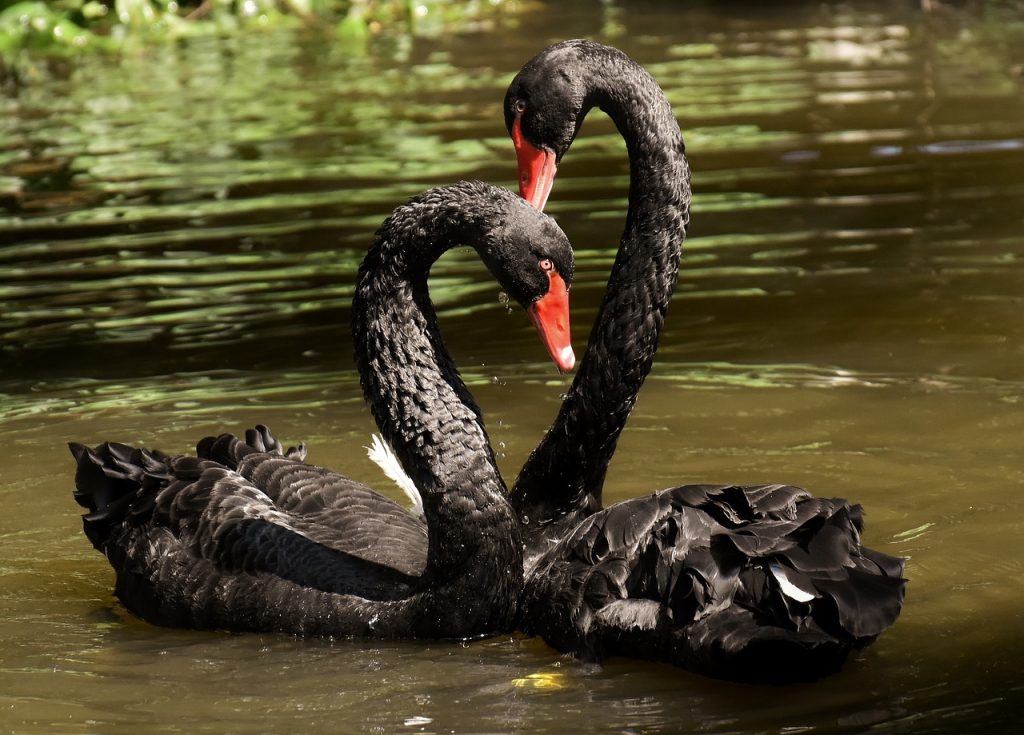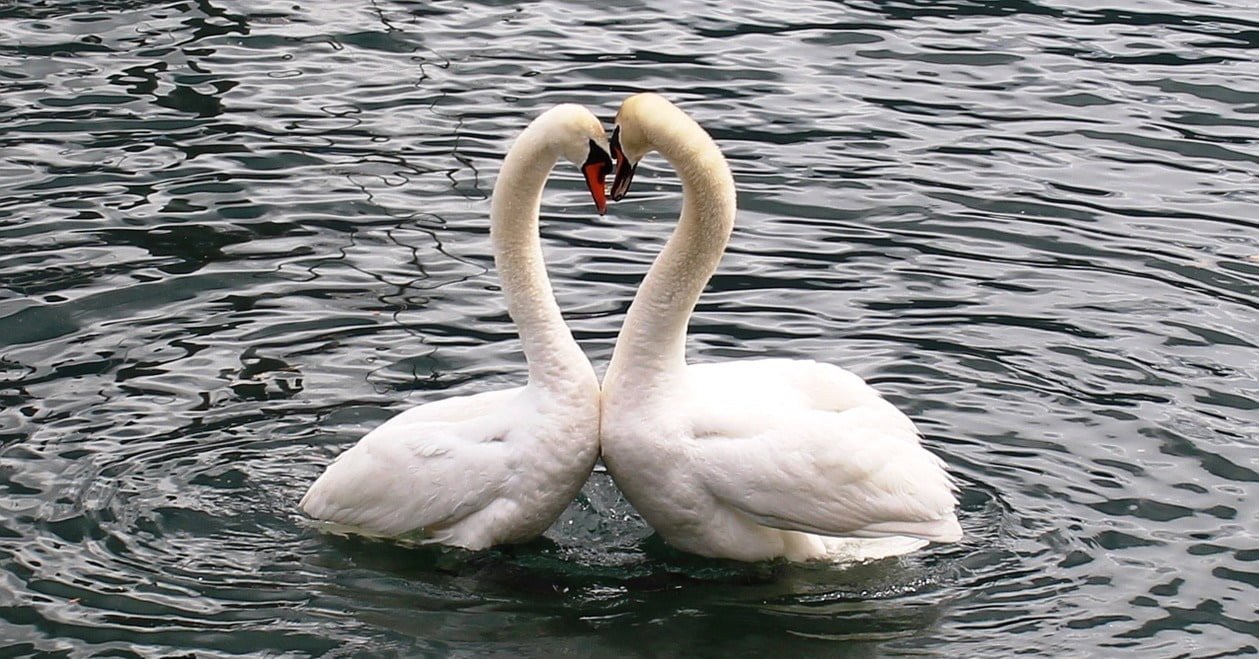According to legend, swans remain faithful to one partner all their lives, which became the reason for the emergence of the phraseological unit “swan fidelity.” Let's check if this is really true.
Everyone has heard about “swan fidelity”. Troubadours dedicated songs to her, artists - paintings, and even a symbol of the heart, according to one versions, - this is nothing more than the silhouette of two swan necks. However, people tend to attribute unusual qualities to animals, so scientists have repeatedly conducted studies to find out whether swans are actually “monogamous”.

In such a case, it is enough to identify a more or less noticeable percentage of deviations to refute the legend. And zoologists have tried to do this more than once.
In 2006, scientists at the University of Melbourne studied the DNA of black swans and came to the conclusion that every sixth chick of this species is the fruit of “treason.” Dr. Raoul Mulder then said: “Swans have long been considered a symbol of eternal loyalty and devotion. But our recent research has shown that promiscuity is common among black swans.” Mulder was especially surprised that the females managed to find new partners under fairly strict supervision from their spouse.

Another remarkable appeal by zoologists to the topic of swan fidelity occurred in 2010. A pair of Bewick's swan have returned to the British county of Gloucestershire for the winter. And it turned out that each swan brought with it a new partner. This caused bewilderment among experts: in 40 years, such a case of “divorce” was observed here only once. And this despite the fact that 4,000 swan pairs live in the reserve. Therefore, this example can be called an exception to the rule.
Poland also became interested in the issue. “Swans sometimes change partners after an unsuccessful breeding season or nest failure,” speaks Radoslaw Wlodarczyk from the University of Lodz. “It takes birds one or two seasons to get used to each other and start breeding again. A new couple often gives birth to fewer swans in the first year, but fertility increases in subsequent years. In Poland, the divorce rate among mute swans is about 4%.”
As you can see, the legend about the devotion of swans did not arise out of nowhere. With some exceptions (most notably black swans), monogamy is commonplace for these birds. But almost all scientific sources agree on one: after the death of a partner, the swan quickly finds a new one. So the concept of “swan fidelity” in nature at least does not carry the meaning of “attachment until the end of one’s days.”
Half-truth
Read on topic:
1. https://www.sciencedaily.com/releases/2006/06/060607170545.htm
2. https://onlinelibrary.wiley.com/doi/full/10.1111/j.1474-919X.2006.00606.x
3. http://www.aparchive.com/metadata/youtube/eade632f79ea8e8190d4bcbd1b5f4c45
4. http://www.bbc.com/earth/story/20141204-the-truth-about-swans
5. https://www.bbc.com/russian/life/2010/01/100124_swan_divorce
If you find a spelling or grammatical error, please let us know by highlighting the error text and clicking Ctrl+Enter.







